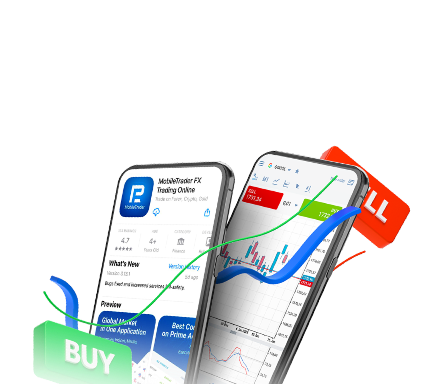Economic Indicators - The Basis for Forex Trading Strategy

13 minutes for reading
Let us have a look at the main economic indicators and their influence at the currency rates. The knowledge and understanding of these indicators are the basics of fundamental analysis and forecasting of price movements.
Interest Rate
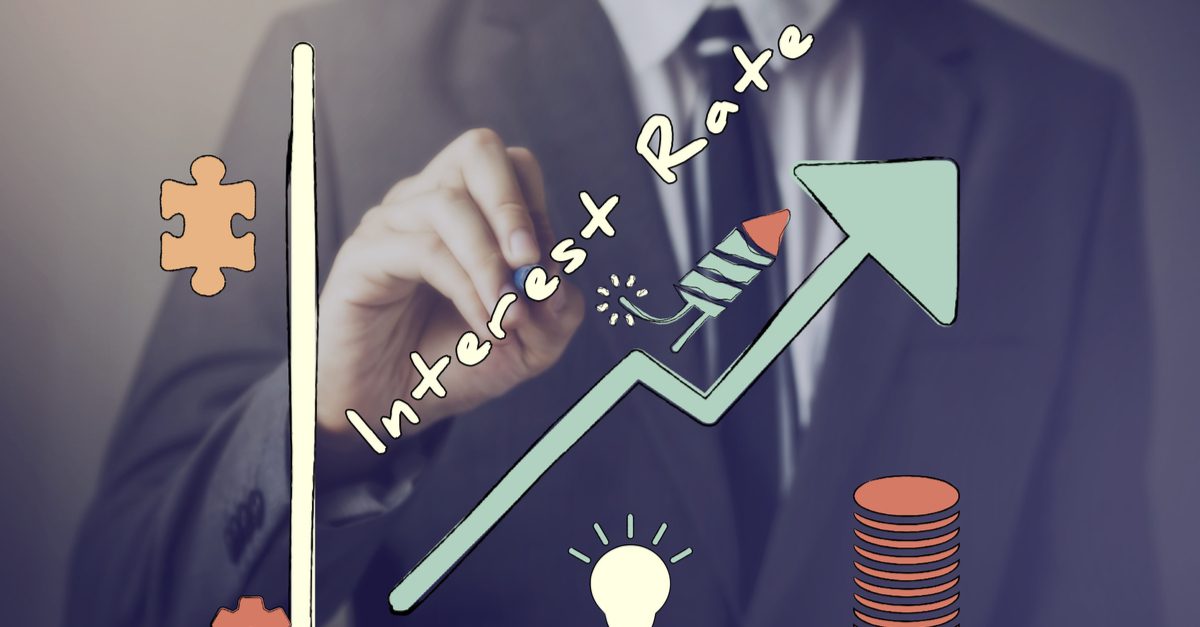
Interest rate is an efficient instrument of credit and monetary policy of the state. Increasing interest rates, Central banks regulate demand for loans, reducing it, which decreases the expenses of people and impedes economic development. This measure is meant, first and foremost, for reducing the inflation rate and for prevention of overproduction of goods.
Decreasing interest rates leads to an increase in demand for loans, enhancing economic development.
The size of the interest rate is the basis for other economic parameters — rates of state and corporate bonds, credit rates for individuals and legal entities, etc. Central banks do not frequently change interest rates: this is a major market event, and all market players track such changes very carefully.
There are the following types of interest rates:
- The refinancing rate (bank rate) is the conditions on which Central banks provide loans (external means) to commercial banks for them to meet their commitments and sustain liquidity.
- Interest rate is the price for using the money that commercial banks loan one from another for a short time during their business. In different countries, it has different names but the idea remains the same — it is the main instrument of the monetary policy of Central banks.
- The federal funds rate is used in the USA in connection with the peculiarities of its banking system. This is the loan rate for banks-members of the Federal Reserve System.
In each country, the size of interest rates is different, for which there emerges an interest rate differential which is the difference of the rates in a currency pair.
And the higher the interest rate for one currency, the more appealing it is, because investors will be trying to put their money in this country's economy and receive a high return. This means the growth of demand for this currency, which is reflected in its quotations.
Gross Domestic Product (GDP)
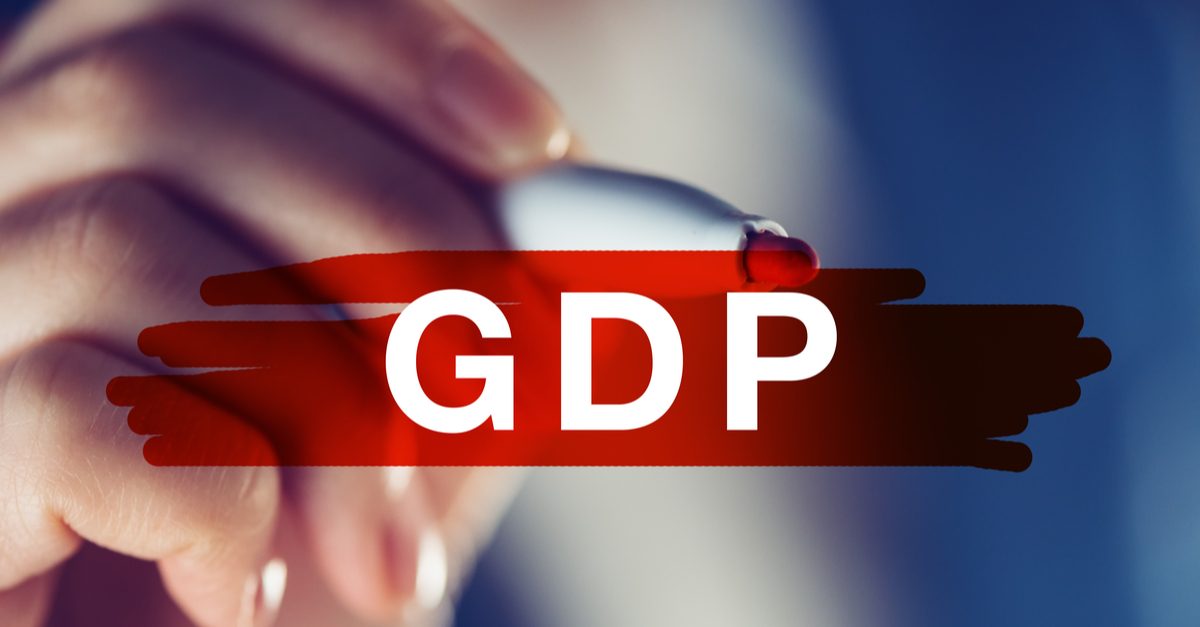
The GDP is generalized data about the sum of the added value, produced by all producers in the country during a set period of time. The GDP surplus demonstrates the economic development of the country, its speed. Stable growth of the GDP is characteristic of stable economic development and also strengthening of the national currency, while a slowdown of the GDP growth means problems with the country's economy. The market reaction on the news about the GDP, the initial as well as corrected, is rather active and usually leads to serious movements of currency rates.
A report on the GDP is a wide analysis of all sectors of a country's economy. That is why different market players pick up the paragraphs that are of interest to them and make conclusions about the state of development of this or that country.
Consumer Price Index (CPI)

Consumer price index (CPI) is the main indicator of inflation in the country. For its calculation, the prices of the consumer goods basket during a certain period of time are used. In each country, the set of goods in the basket is different and is formed on the basis of statistical data. Such goods may be food, everyday objects, services, etc.
The prices for food and energy sources are the most volatile, so along with the CPI a so-called Core CPI is calculated, the latter including this category of goods from the consumer goods basket.
The CPI data is normally published on the tenth workday of each month as the percentage of the changes that have happened. In other words, what is published is the information by how many percent the current values have changed in comparison with the previous ones. The news about a change of a CPI value by just 0.2% leads to rather strong fluctuations of currency rates.
Producer Price Index (PPI)
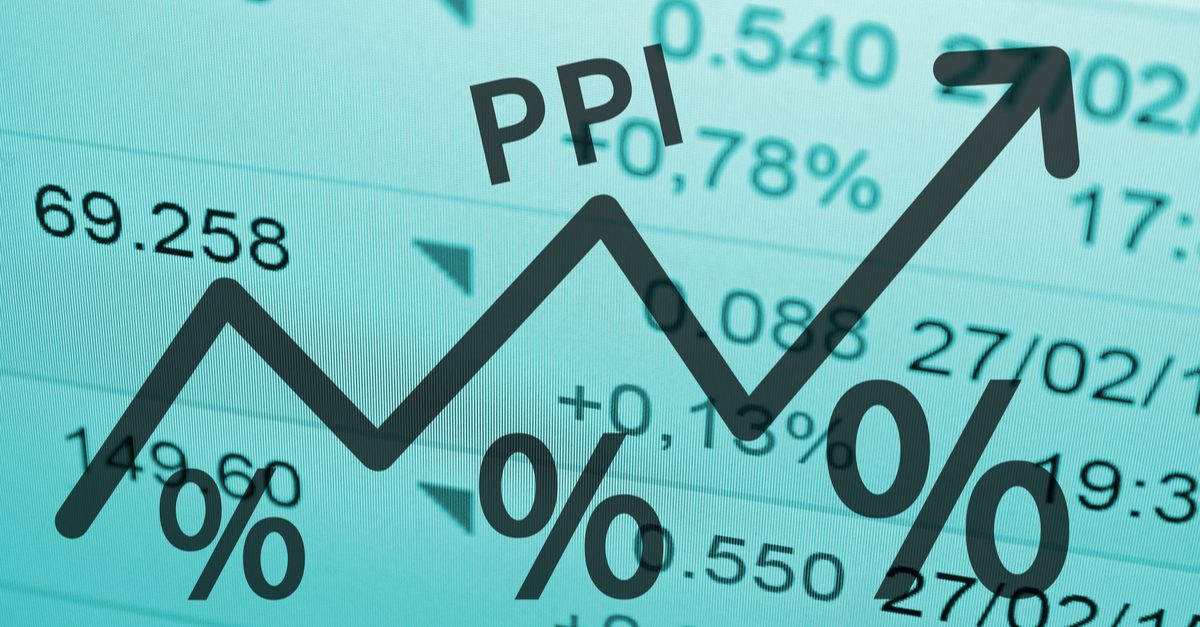
Producer price index (or PPI) is an indicator of the price changes for the goods produced by national producers. The index includes the price for the raw materials, produced in the country and imported, on the intermediate products, on the finished products. The index includes all stages of goods production, as well as all spheres of production and agriculture. The difference from the CPI is that it does not include services and provides the analysis of price changes only at the level of primary wholesale trade.
Along with the PPI, the Core PPI data is also published; it does not include the prices for the goods of food and energy industries due to their high volatility. The PPI is published monthly on the tenth workday simultaneously with the CPI.
Payment Balance / Current Account

Balance of Payment, or Current Account, characterizes the movements of international transactions between residents and non-residents of a state. Each such operation is accounted for as credit and debit for a certain period. In essence, this is a report on the sources of financing and the purposes of the use of funds. The sources of financing include operations, enhancing the purchasing power inside the country; the purposes of the use of finance decrease the latter.
The Balance of Payment is a sum of three components:
- The current account, which export and import operations are related to.
- Financial account, reflecting the changes in the ownership of national assets of international investors
- Changes in national reserves, such as gold-value and strategic reserves.
For example, the export of goods and services is the source of financing, because it opens new markets for the producers and provides for an inflow of money to the state's economy.
On the other hand, the import is the use of finance. Export creates demand for the currency of the exporting country because this currency is purchased for paying for the export. At the same time, exchange operations increase the supply of the currency of the importing country.
For this reason, any imbalance in the supply and demand of an importing or exporting country leads to changes in exchange rates.
Trade Balance

Trade Balance, or International Trade, is the difference between the sum of export of goods and services and the sum of the import.
It influences exchange rates directly and reveals the competitiveness of the goods and serves, produced in the county, on the international market. Favorable trade balance (the situation when export surpluses import) signifies inflow of capital into the country, production development and, on the whole, has a positive influence on the economy.
Conversely, a deficit of trade balance, i.e. the situation when import surpluses export, signals low development of production, a lack of competitiveness of the national goods and is a generally negative factor for the country. This leads to the growth of the national debt as well as has a negative influence upon the exchange rate of the national currency, because its supply increases due to the necessity to buy more currency of the exporting state.
The data about the trade balance is published monthly in the fourth week of the month. It is represented in nominal as well as fixed prices depending on the season. There are several parts comprising the trade balance: consumer goods, food, commodities and commercial reserves, cars, capital goods, etc. The statistics of trade relations with certain countries is also included in the trade balance report.
Normally, for trading on the exchange market, we need the statistics of the trade balance in general, without much detail.
Budget Deficit

A Budget Deficit is the situation when the expenses of the budget are higher than the income. A significant deficit of budget results in the growth of the national debt, which, in its turn, speeds up the inflation. A deficit of budget may be provoked by the income too low or the expenses too high. The state may pick up one of the two ways of reducing the deficit:
- It may increase the tax base, which will influence the financial state of the taxpayers, who will try to hide their real income.
- the state may scrap or reduce social programs, which will have an adverse effect on the poor part of the population and may have negative political consequences.
In both cases the measures are politically unpopular, and, solving one problem, the state generates other. Most often, if the state has a chance to take an international loan, it does so, keeping the state stable. However, it increases the national debt and the expenses for its maintenance, which is another expensive item of the budget.
Leaving the problem of the deficit as it is, the state enhances the growth of the inflation, which entails growth of the interest rates, which, in its turn, has a negative effect upon producers and the population using credit means.
A deficit too low, however, means either taxes too high or budget expenses too low, most often reduced on the expense of social programs or financing of the defense industry. An insignificant deficit of budget leads to low inflation, which will entail a decrease in interest rates.
A moderate deficit of budget demonstrates the efficacy of the state's economic policy. The ideal deficit would be that based on moderate inflation rates when all the needs of the interested parties are in balance.
Unemployment Rate
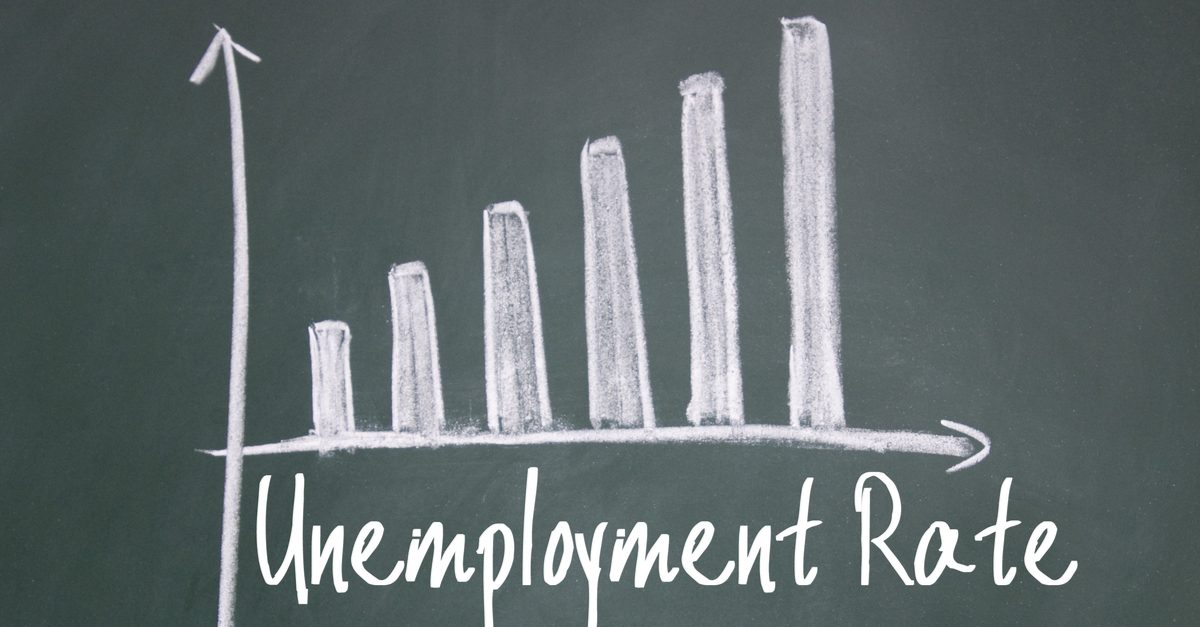
Unemployment Rate is a significant indicator of the state's economic development. What is more, keeping it on the optimal, so-called natural, the level is a sign of healthy competitiveness on the labour market. The natural unemployment rate may be different depending on the country.
For example, in Japan, an efficient unemployment rate is between 2.0-3.5%, in Great Britain, it is 2.5-4.0%, in the USA — 4.5-5.5%, while its growth to 6.0% influences the dollar significantly. In Europe, the unemployment rate is about 9.0%.
High unemployment rate increases social tension and leads to a decrease in the real income of the population. Low unemployment levels cannot be called a good sign either, because a lack of free workforce on the labour market compromises the interest of employers.
Growth of the unemployment rate or a decrease in the employment of population usually entails a weakening of the national currency. The data on the unemployment rate is published monthly on the first Friday.
Non-Farm Payrolls (NFP)

The most influential indicator is the data on the labour market in the USA. The main attention is attracted to the Non-Farm Payrolls (NFP), which tells about the employment out of the agricultural sector. This index reflects the gross number of employees, accounted in the payrolls of enterprises. It is based on interviews with some 400,000 companies and 50,000 households. This data is renewed every month and corrected in accordance with seasonal changes.
Empirically, it has been figured out that the index grows by about 200,000 every month, which increased its GDP by 3%.
Retail Sales

The Retail Sales index characterizes consumer expenses. This index reflects consumer demand as well as consumer trust. The retail sales in the US have the most influence, as long as the consumer demand is the main moving force of the country's economy.
On the basis of the retail sales index, the volume of retail sales (minus the expenses on services) is evaluated. The index is divided into the index including car sales and the index of other goods. The latter is more informative as it is not that prone to changes.
More than 2/3 of its value is comprised of non-durable goods, some 20% of which are foods. In the remaining one-third of goods, cars take up to 20%.
The retail sales index is subject to the influence of the personal income data from the previous periods, the auto sales info as well as consumer confidence. And the higher the CPI and the unemployment rate, the worse the retail sales index.
The growth of retail sales enhances industrial development and production volume. The value of the indicator is announced by The Census Bureau of the Department of Commerce in the middle of every month.
Personal Income

Personal Income consists of the salary of employed workers, dividends, rent payments, bank deposits, social payments and other revenue of the population. The information on the personal income has a rather limited influence on the exchange rates; however, its growth, together with a rather high level of expenses has a positive influence on the retail sales volume, which is good for the economic development. Hence, the growth of the personal income of the population has an indirect influence on the increase in the rates of the national currency.
The info is published monthly after the 20th.
Personal Spending

Personal Spending/Consumption reflects the volume and the structure of spending of the population and also has a rather limited influence on the national currency exchange rate, the same as the personal income index. The personal spending index includes purchases of non-durable and durable goods, as well as spending on services.
The retail sales index, which includes the spending of the population on the non-durable and durable goods, is considered independently. This index does not include spending on services, because this value changes stably and is quite predictable.
The growth of personal spending is good for the national economy and, accordingly, leads to the growth of the national currency. However, the publication of the data may influence the market quite significantly if the value strongly differs from the previous one.
The statistics are published together with the personal income information monthly after the 20th.
Chicago PMI Index

The Chicago PMI Index is the result of interviewing managers from the industrial sphere of Chicago. This index includes the state of production orders, the volumes of the product in stocks as well as the prices of the production. If the index is 45-50, it signals a slowdown of economic development.
The publication of the Chicago PMI Index attracts a lot of attention because it is published a short time before the issuing of the main business activity index of the ISM and can provide an idea about the national business activity index.
The growth of the business activity index has a good influence on the national currency exchange rate. The data is published on the last workday of each month.
Consumer Confidence

The Consumer Confidence index reflects consumer mood. This index has been calculated since 1967, and initially, its value was 100 points. Traditionally, the index has been used for forecasting employment rates as well as the state of the economy in general.
The growth of the index signifies the positive development of the national economy and, indirectly, leads to the growth of the national currency. The information is published after the 20th of each month.
Michigan Consumer Sentiment Index

The Michigan Consumer Sentiment Index is based on consumer opinion on the current state of the economy. The poll is carried out by the University of Michigan, USA.
The growth of the index leads to the growth of the dollar exchange rate. The preliminary report is published on the 15th each month, while the final report — two weeks later.


